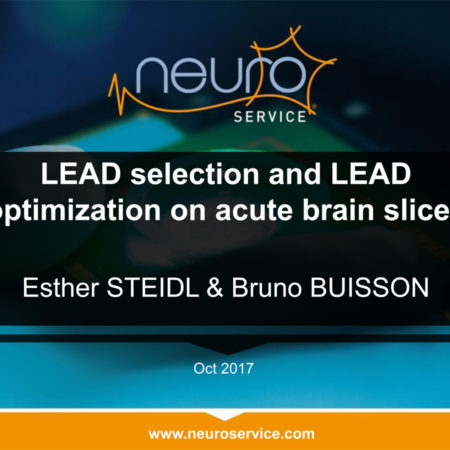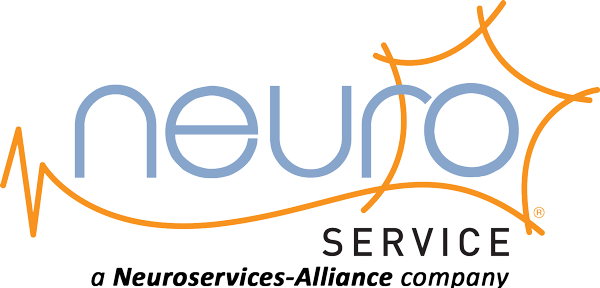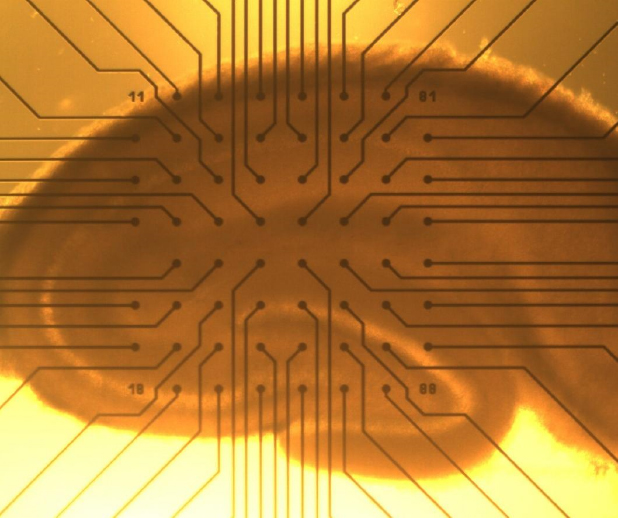News

MEA recordings for LEAD selection and optimization
Over more than 10 years of activity, NEUROSERVICE has demonstrated a unique and top-of-the-art master of the Multi-Electrode Array (MEA) technique to address pharmacological/toxicological questions regarding the Central Nervous System (CNS).
MEA recordings for LEAD selection and optimization
NEUROSERVICE is very proud to realease a new document illustrating the very large and potent power of Multi-Electrode Array (MEA) recordings. This concise document illustrates the multiple brain and spinal cord areas that can be recorded and the numerous protocols that can be performed. The LTD/LTP crossover point determination, as well as the illustration of memantine effects on LTP amplitude will be of value for scientists interested in cognition and synaptic plasticity processes.
Firing activities is documented in brain structures such as Substantia Nigra (SN), Ventral Tegmental Area (VTA), Sub-Thalamic Nucleus (STN) and the Cerebellum. The pharmacological effect of reference compounds are documented as well. In the cerebellum we illustrate that bicuculline could have 3 different effects on Purkinje neurons’ firing activity.
We are also very pleased to share recent data relative to adult rat spinal cord recording. We document the dose-response effect of capsaicin and, on a steady-state effect of 100 nM capsaicin, the dose-inhibiting effect of morphine. We show evoked-responses in the motor cortex and Epileptiform Discharges triggered in the hippocampus by a low-Mg2+ ACSF or by 50 µM 4-Amino-Pyridine.
These Epileptiform Discharges are blocked by Anti-Epileptic Drugs such as Carbamazepine, Retigabine and Perampanel.
Much more data could be share on request, do not hesitate to be in touch with our skilled scientists.


